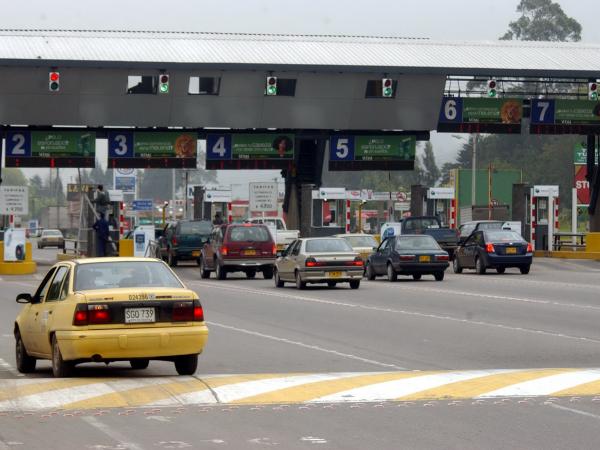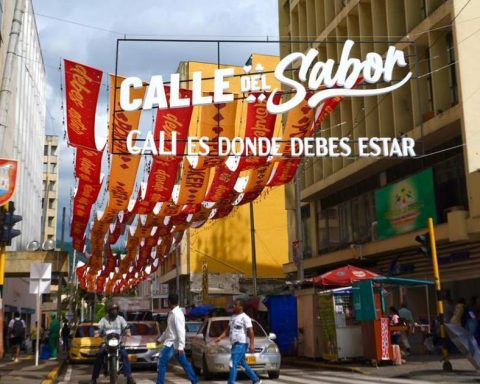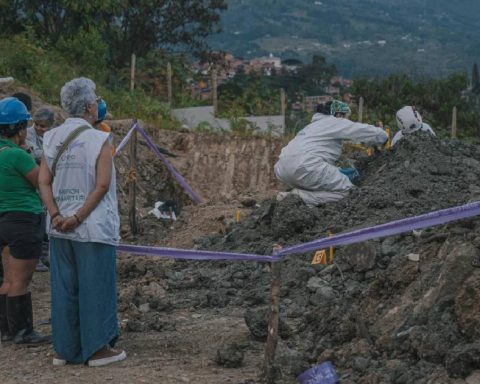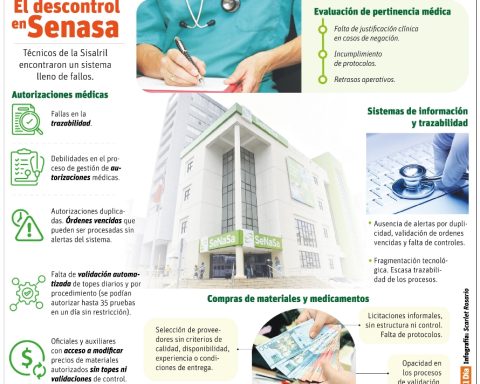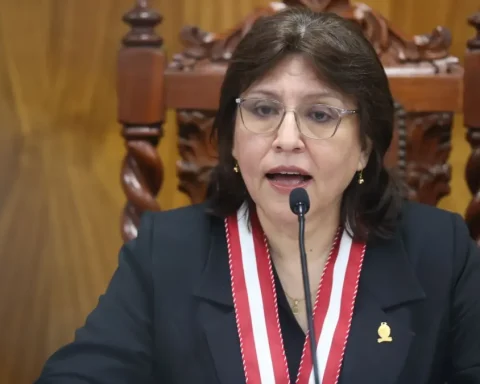The creation of new tolls is a controversial issue for public opinion in the country. From the transport authorities, unions of the sector to the citizens have expressed their objections. On the one hand Many agree that high rates are charged at these facilities, while on the other hand, many claim that they are a source of financing to maintain the roads.
Currently in the country there are more than 170 tolls, in charge of the National Infrastructure Agency (ANI), followed by the National Highways Institute (Invías) and the rest managed by private concessions.
(Is it possible to lower toll rates in Colombia?).
According to official figures, From 2014 to 2020, the ANI has collected more than $ 18 billion in tolls, while the Invías, since 1994, has collected $ 8 billion.
On the other hand, in terms of concessioned roads, the ANI collected more than $ 2.1 billion in 2020, while in 2019 this figure was $ 2.6 billion.
WHAT ARE THE COMPLAINTS?
Driver users and freight forwarders agree in their claims about the high rates and the large number of toll facilities close to each other.
In fact, according to Nidia Hernández Jiménez, executive president of Colfecar, this is evidenced, for example, in the existence of three tolls in sections of less than 100 kilometers on the Vía al Llano, “Where, in addition, the Pipiral toll does not allow the transit of some cargo vehicles through the tunnel and forces them to take an alternate road that is in poor condition, but charging them one of the most expensive tolls in Colombia”.
(The 10 most expensive tolls in Colombia for private cars).
According to the gemial institution, tolls weigh about 12% of the total operating costs of the sector.
On the other hand, Henry Cárdenas, president of Fedetranscarga pointed out that “If the number of tolls in the country were really applied with what should be done in infrastructure, we would not have problems of landslides or road closures. With the amount of tolls that we have in Colombia, it is so that we would have a very advanced infrastructure, even on tertiary highways ”.
THE PROJECT OF CHANGE?
Bill 602 of 2021 is currently underway in the Congress, which seeks to reorganize the policy for the allocation and administration of tolls based on “A general strategy”.
The articles establish seven key points, among which is a minimum distance between toll booths of 150 kilometers; that the increases in rates are not higher than the CPI of the previous year, that the municipalities and districts cannot establish internal tolls, among others.
“A public policy with a national vision in this matter is necessary, which allows all the responsible actors (ANI, Invías, governments and mayors) to articulate, and which provides legal and economic security to the country’s transporters”said Nidia Hernández.
According to representative Mauricio Toro, one of the columnists, the document maintains legal security for investments since the conditions would apply to works that are awarded after the project becomes law.
THE TOLL RATES
The issue of rates in the country is one of the most controversial in the discussion.
Currently in Colombia there is no unit rate for stations, but the price varies depending on several factors, including the ownership of the station and the type of vehicle. Thus, it is possible to find tolls with a value of $ 4,000 or others that exceed $ 30,0000. In the country, the increase in the toll rate is regulated by the Consumer Price Index measured by the Dane, a figure that for the year 2021 corresponds to 1.61%. The bill in Congress seeks to establish criteria for the definition of monetary values.
BRIEFCASE
